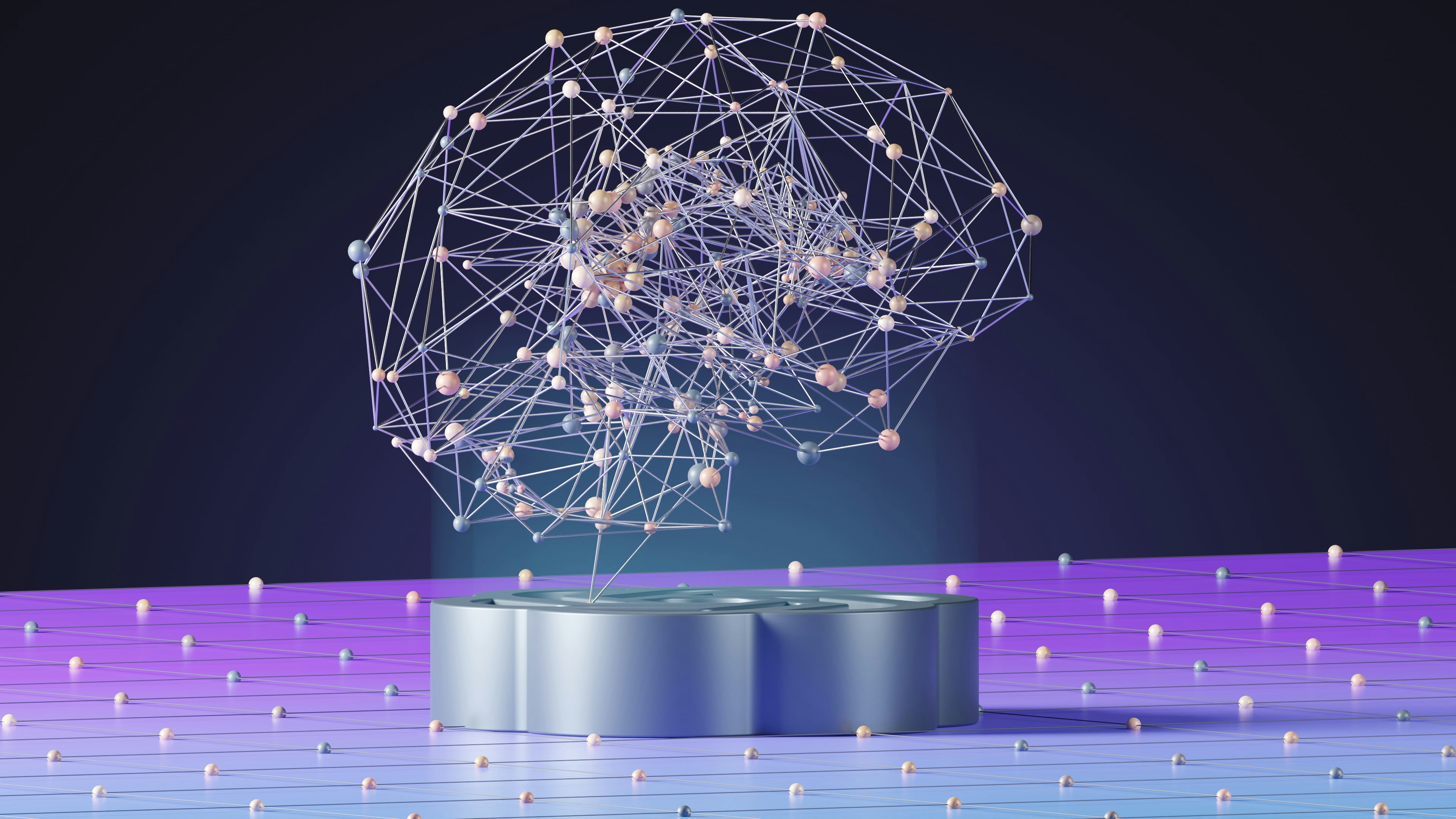Exploring Generative AI
Mar 11, 2024

Introduction
Artificial Intelligence (AI) has transformed how we interact with technology, enabling machines to perform tasks that typically require human intelligence. One of the fascinating subfields of AI is Generative AI, which focuses on creating new content based on existing data. This blog post will delve into the world of Generative AI, its applications, and its impact on various industries.
Understanding Artificial Intelligence and Machine Learning
Before diving into Generative AI, it is essential to understand the broader concepts of Artificial Intelligence and Machine Learning. AI encompasses the theory and development of computer systems capable of mimicking human intelligence. Machine Learning, a subset of AI, equips computers to learn and improve from data without explicit programming.
Supervised and Unsupervised Models
Machine Learning operates through two primary models: Supervised and Unsupervised Learning. Supervised models are trained on labeled data, where the algorithm learns from input-output pairs. On the other hand, Unsupervised models learn from unlabeled data, identifying patterns and relationships within the dataset.
Deep Learning and Neural Networks
Deep Learning, a subset of Machine Learning, leverages artificial neural networks to process intricate patterns and information to complete tasks. Inspired by the human brain, these networks enable machines to handle complex tasks such as image recognition and natural language processing. Deep Learning has two main models: discriminative models for prediction tasks and generative models for content creation.
The Fascinating World of Generative AI
Generative AI represents an exciting frontier in artificial intelligence, focusing on creating new content based on learned patterns. By providing an input prompt, a Generative AI model utilizes a statistical framework to generate unique outputs across various domains. Let’s explore some of the common types of Generative AI models:
Text-to-Text Generation
Text-to-text models excel at generating textual content based on a given input prompt. They have been widely adopted in tasks related to natural language generation, such as translation and content creation.
Text-to-Image Synthesis
Text-to-image models have the remarkable ability to generate realistic images based on textual descriptions. This technology has profound implications for graphic design, virtual reality, and content creation.
Text-to-Video Generation
Incorporating motion and visual storytelling, Text-to-Video models can generate dynamic video sequences based on textual inputs. This capability opens up new possibilities in video production, advertising, and entertainment industries.
Text-to-3D Object Creation
Text-to-3D models leverage Generative AI to create three-dimensional objects from textual descriptions. Industries such as gaming, architecture, and virtual reality benefit significantly from this technology for rapid prototyping and visualization.
Text-to-Task Automation
Text-to-task models focus on performing specific tasks or actions based on textual commands. They are instrumental in automating repetitive tasks, enhancing productivity, and streamlining workflows in various domains.
Applications of Generative AI
Generative AI has found diverse applications across industries, revolutionizing how we create content, interact with technology, and innovate solutions. Let’s explore some of the impactful use cases of Generative AI:
Creative Content Generation
Generative AI is reshaping creative industries by automating content creation processes. From generating art pieces to composing music, AI-powered tools are pushing the boundaries of human creativity.
Personalized Marketing Campaigns
Marketers leverage Generative AI to create personalized campaigns tailored to individual preferences. Businesses can generate targeted content and recommendations to enhance customer engagement and drive conversions.
Virtual Prototyping and Design
In fields like architecture and product design, Generative AI enables rapid prototyping and visualization of concepts. Designers can iterate quickly and efficiently by transforming textual descriptions into tangible designs.
Healthcare Innovation
Generative AI plays a crucial role in healthcare by aiding in medical imaging analysis, drug discovery, and personalized treatment plans. By generating insights from vast healthcare data, AI accelerates research and improves patient outcomes.
Natural Language Processing
Advancements in Generative AI have enhanced natural language processing capabilities, enabling chatbots, language translation services, and voice assistants to communicate more effectively with users. This technology has transformed how we interact with machines and access information.
Ethical Considerations and Challenges
While Generative AI offers tremendous innovation potential, it also raises ethical considerations and challenges that society must address. Data privacy, bias in AI algorithms, and misuse of generated content require scrutiny and regulatory frameworks to ensure the responsible deployment of Generative AI technologies.
The Future of Generative AI
As Generative AI continues to evolve and expand its capabilities, the future holds exciting possibilities for creativity, automation, and personalized experiences. With ongoing research and development in this field, we expect further advancements in content generation, human-machine collaboration, and societal impact.
Conclusion
Generative AI represents a groundbreaking advancement in artificial intelligence, empowering machines to create new content across various domains. By harnessing the power of Generative AI, we can unlock innovative solutions, enhance creativity, and drive digital transformation in diverse industries. As we navigate the evolving landscape of AI technologies, embracing the potential of Generative AI will shape the future of human-machine interaction and redefine the boundaries of what is possible.